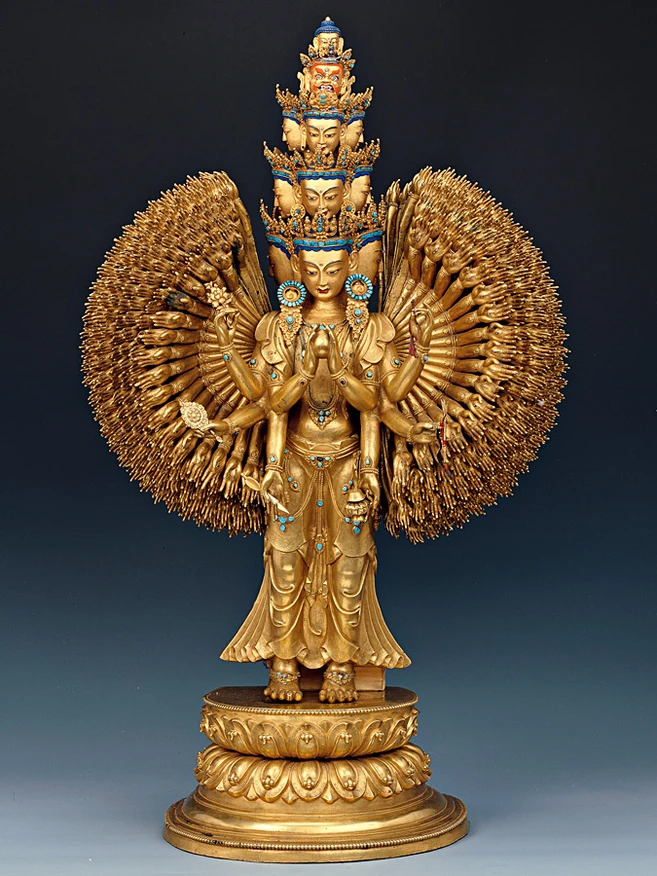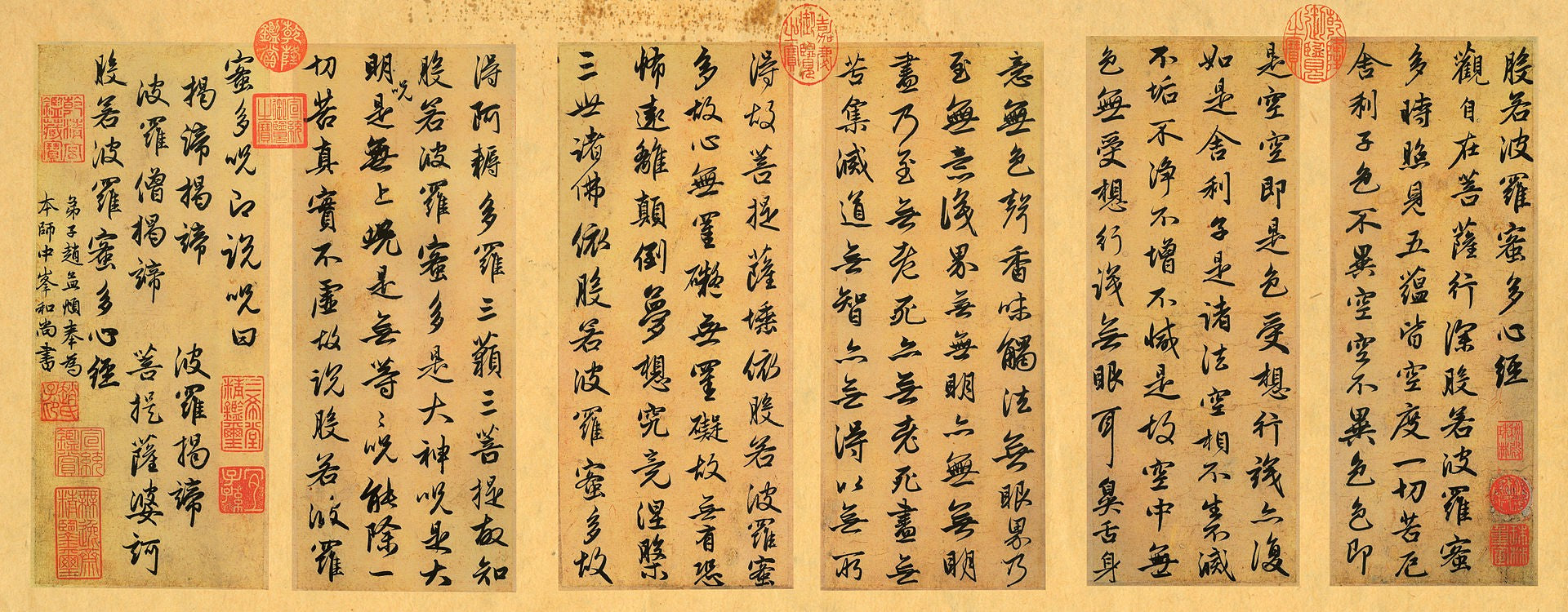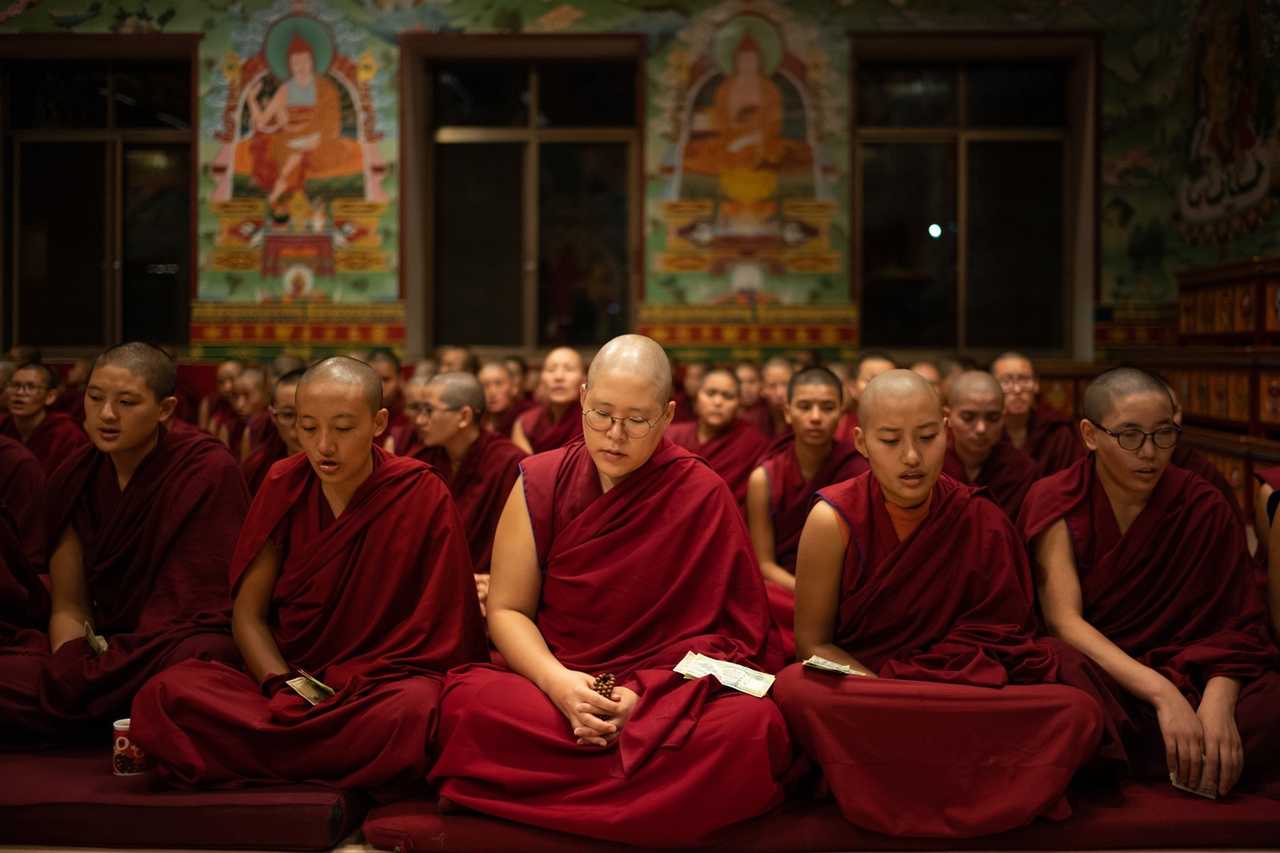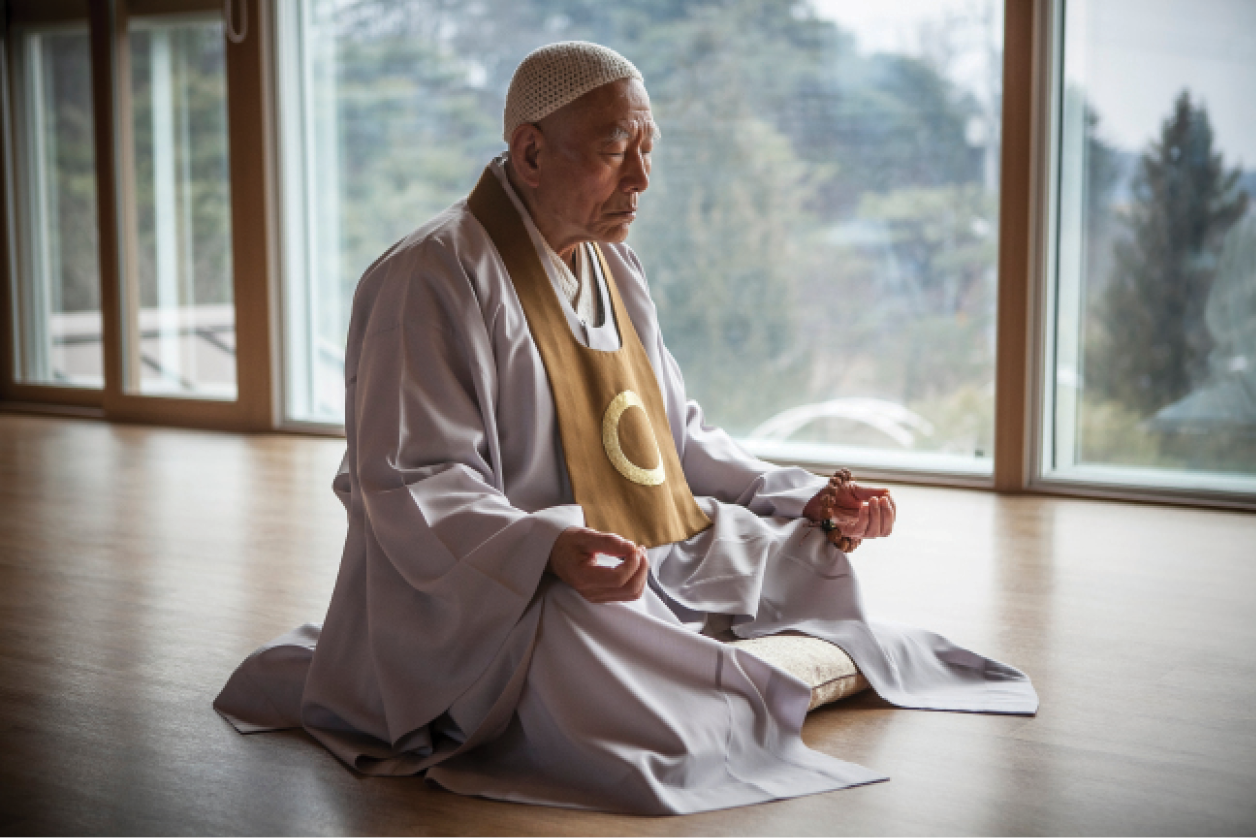- What is Mahayana Buddhism?
- Who is the Bodhisattva?
- What is the Bodhisattva vow?
- The Trikaya – the Three Bodies of Buddha
- Mahayana New Year
- Mahayana Sutras
- Mahayana VS Vajrayana
What is Mahayana Buddhism?
Mahayana, one of Buddhism’s primary branches, derives its name from the Sanskrit term “Mahayana,” which translates to the great vehicle.
Within Mahayana Buddhism, the emphasis often lies on achieving liberation for all sentient beings, as opposed to individual liberation. This branch is particularly influential in Tibet, China, Taiwan, Japan, Korea, and Mongolia.It’s essential to note that Mahayana Buddhism isn’t a monolithic entity; rather, it encompasses various Buddhist traditions. Zen Buddhism, Pure Land Buddhism, and Tibetan Buddhism, for instance, all fall under the umbrella of Mahayana Buddhism.
Mahayana practice is grounded in the Tibetan and Chinese Canons. In contrast to Theravada Buddhism, which adheres to the Pali Canon containing solely the Buddha’s actual teachings, the Chinese and Tibetan Mahayana canons include texts that align with much of the Pali Canon. However, they also incorporate an extensive array of sutras and commentaries unique to Mahayana.
In Mahayana Buddhism, the use of Sanskrit prevails over Pali for common terms. For instance, “sutra” is used instead of “sutta,” and “dharma” is used instead of “dhamma.”
Who is the Bodhisattva?
Mahayana extensively discusses the concept of the bodhisattva, often referred to as the ‘enlightenment being,’ as the ideal way for a Buddhist to lead their life.
Mahayana extensively discusses the concept of the bodhisattva, often referred to as the ‘enlightenment being,’ as the ideal way for a Buddhist to lead their life.
Embarking on the bodhisattva path is open to anyone. It represents a way of life characterized by selflessness and a profound desire for the liberation of all beings from suffering.
What is the Bodhisattva vow?

The bodhisattva vow is a commitment to prioritize others over oneself, expressing a willingness to relinquish personal well-being, and even one’s own enlightenment, for the benefit of others.
This commitment implies a readiness to assume immense responsibility, particularly in aiding other sentient beings. Choosing to work collaboratively with others becomes a tremendous source of inspiration. Rather than seeking to build up personal grandiosity, the focus shifts towards becoming genuinely helpful human beings—cultivating the quality of selflessness that is often lacking in our world.
To overcome the self-centeredness that limits our perspective and clouds our actions, developing a sense of compassion becomes imperative. Breaking the stalemate of waiting for apologies or actions from others, the bodhisattva chooses to initiate positive change.
In a world where millions suffer due to a lack of generosity, discipline, patience, exertion, meditation, and transcendental knowledge, taking the bodhisattva vow is not aimed at imposing a particular view on others. Instead, it is about contributing positively to the world through our own way of relating and our gentleness.
Taking a bodhisattva vow signifies a commitment to integrating Buddhist teachings into our daily lives. A bodhisattva may impart dharma through intellectual understanding, artistic expression, or even in business. Committing to the bodhisattva path involves embracing and utilizing our talents in an enlightened manner, without feeling threatened or confused by them.
The Trikaya – the Three Bodies of Buddha
According to Mahayana Buddhism, Buddhahood encompasses three distinct aspects, conceptualized through the framework of the three bodies of Buddha (trikaya):
- Dharmakaya: This represents the transcendent aspect of Buddha, signifying the identity of Buddha with the ultimate truth.
- Sambhogakaya: This corresponds to the body of bliss or enjoyment, reflecting the aspect of Buddha that embodies a state of blissful existence.
- Nirmanakaya: This refers to the earthly body of Buddha, which is akin to the physical form of any ordinary human being.
Mahayana New Year

The Mahayana New Year, also known as the Chinese New Year or Lunar New Year, is a significant cultural and religious celebration observed by Mahayana Buddhists and many communities across East Asia. Falling on the first day of the lunar calendar, the Mahayana New Year marks the beginning of a new year, symbolizing renewal and the ushering in of good fortune. Festivities typically include vibrant parades, traditional performances, and the sharing of special meals with family and friends.
Over the next five years, the Mahayana New Year will be celebrated on the following dates:
2024 on January 22,
2025 on February 10,
2026 on January 29,
2027 on February 17,
2028 on February 6.
These dates reflect the dynamic nature of the lunar calendar, making the Mahayana New Year a movable and culturally rich celebration that brings communities together in the spirit of joy and reflection.
Mahayana Sutras
Many scriptures are called “sutras” in Sanskrit or “sutta” in Pali. The word “sutra” in the title of a text indicates the work is a sermon of the Buddha or one of his major disciples.

Mahayana VS Vajrayana
Mahayana and Vajrayana are two major branches within the broader scope of Buddhism, each characterized by distinct practices, philosophies, and approaches to attaining enlightenment. One notable similarity between Mahayana and Vajrayana lies in their shared foundation as Mahayana traditions. Both recognize the importance of the Bodhisattva path, emphasizing the altruistic goal of attaining enlightenment for the benefit of all sentient beings. However, their methods and expressions of this shared principle diverge significantly.

A key point of departure is evident in their respective approaches to skillful means and the path to enlightenment. While Mahayana encompasses various schools such as Zen, Pure Land, and Tibetan Buddhism, Vajrayana is a subset within Mahayana that emerged later, notably in Tibetan Buddhism. Vajrayana introduces unique practices, including the use of esoteric rituals, visualization techniques, and the utilization of symbols known as mandalas. Unlike Mahayana, Vajrayana places a particular emphasis on the rapid attainment of enlightenment in one lifetime, often incorporating methods considered more direct and potent. This emphasis on accelerated spiritual progress distinguishes Vajrayana from the broader Mahayana tradition, highlighting the nuanced differences in their respective paths towards the ultimate goal of Buddhahood.



